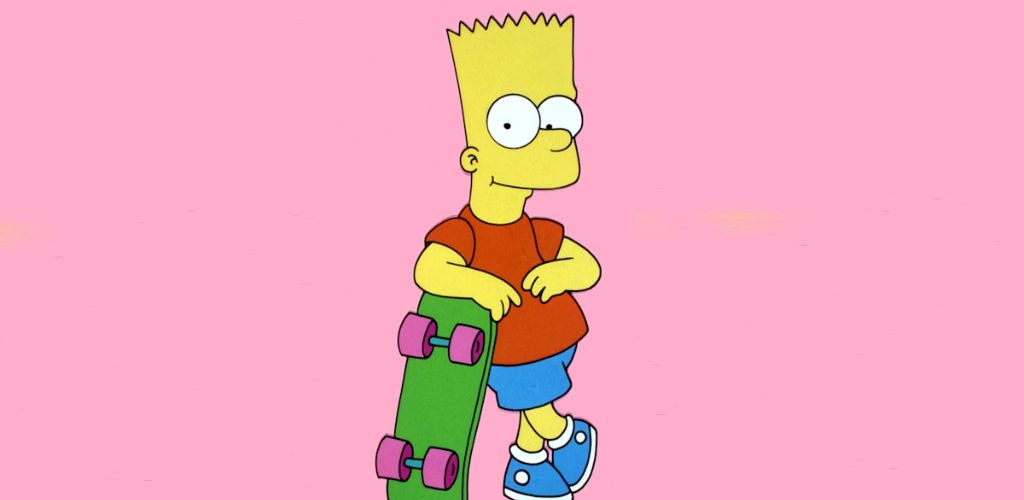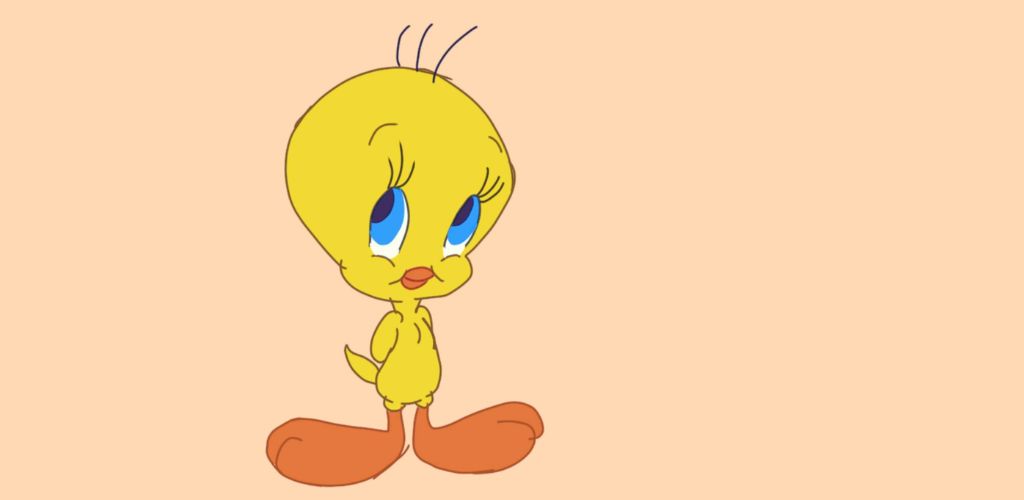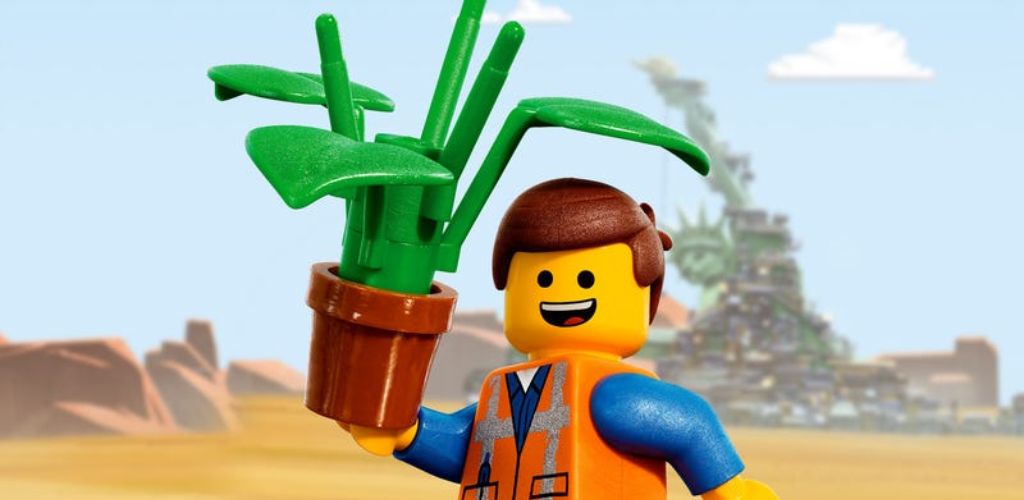Yellow is like the spotlight of the cartoon world—it’s bright, it’s bold, and it practically screams, “Look at me!” That’s probably why so many of our favorite cartoon characters are rocking the yellow vibe. From the ever-sassy Bart Simpson to the electrifying Pikachu, yellow characters are the ones we just can’t get enough of. They’ve got the kind of star power that makes them unforgettable. Whether they’re causing trouble, saving the day, or just being their adorable selves, these yellow stars have charmed their way into our hearts and TV screens, and let’s be honest, they’re not going anywhere anytime soon!
Why Yellow?
Ever wondered why so many cartoon characters are yellow? It’s not just because it’s a fun color—there’s some smart thinking behind it. Yellow is super eye-catching, especially on a screen. It’s bright and cheerful, and it doesn’t blend into the background, making sure these characters always stand out. Plus, yellow is often associated with happiness and energy, which fits perfectly with the lively and sometimes wacky personalities of these characters.
In the world of cartoons, where everything is designed to grab your attention, yellow is like a VIP pass to be memorable. Whether it’s the mischievous grin of Bart Simpson or the cute, chubby cheeks of Pikachu, the color yellow makes sure these characters stay stuck in our heads long after the show’s over. So, when it comes to making a character that’s both lovable and unforgettable, yellow is the way to go!
Top Yellow Cartoon Characters
1. Bart Simpson (The Simpsons)

Bart Simpson is the spiky-haired, mischievous 10-year-old who’s been causing trouble in Springfield since 1989. With his rebellious nature, catchphrases like “Eat my shorts!” and his knack for getting into all kinds of trouble, Bart is a character that’s hard to forget. What makes Bart so memorable is his blend of youthful mischief and charm—he’s the kid every parent dreads but every viewer loves. His antics have made him an icon, representing the spirit of youthful rebellion on TV screens around the world.
2. Pikachu (Pokémon)

Pikachu is the adorable, electric mouse Pokémon that has become the face of the entire Pokémon franchise. First appearing as Ash Ketchum’s loyal partner, Pikachu’s role in the series is central, always by Ash’s side through every challenge. Pikachu’s cultural impact is massive, with its image appearing on everything from merchandise to video games, and even airplanes. It’s not just a character; Pikachu is a global phenomenon, beloved by millions and recognized as a symbol of the Pokémon world.
3. SpongeBob SquarePants (SpongeBob SquarePants)

SpongeBob SquarePants is the optimistic, fun-loving sponge who lives in a pineapple under the sea. Known for his infectious laughter, endless energy, and quirky personality, SpongeBob is the heart of Bikini Bottom. His role in the show is that of the eternal optimist, always ready to turn a bad day into an adventure. SpongeBob’s influence on pop culture is undeniable—he’s inspired memes, merchandise, and even a Broadway musical. His unique blend of innocence and humor has made him a beloved character across generations.
4. Homer Simpson (The Simpsons)

Homer Simpson is the bumbling, donut-loving patriarch of the Simpson family. With his simple-mindedness, love of beer, and constant misadventures, Homer is a character full of flaws—but that’s exactly what makes him so relatable. His popularity stems from his everyman appeal; Homer’s struggles and triumphs reflect the ups and downs of ordinary life, making him a beloved figure in television history. His catchphrases, especially “D’oh!” have become ingrained in popular culture, further cementing his status as a cultural icon.
5. Jake the Dog (Adventure Time)

Jake the Dog is a magical, shape-shifting canine with a laid-back attitude and a love for adventure. As Finn’s best friend and companion, Jake brings both wisdom and humor to their quests. His abilities to stretch and transform into any shape make him a formidable ally, but it’s his chill demeanor and loyal friendship that truly define his character. Jake’s role in “Adventure Time” is crucial, providing both comic relief and heartfelt moments, making him a fan favorite.
Also Read: Foodie Captions For Instagram
6. Minions (Despicable Me)

The Minions are the small, yellow, gibberish-speaking creatures that have stolen the spotlight in the “Despicable Me” franchise. Initially created to serve Gru, their hilarious antics, clumsiness, and love for bananas quickly made them the breakout stars. Their role in the franchise has grown so much that they now have their own spin-off movies. The Minions’ global popularity is staggering—they’ve become a cultural sensation, recognized worldwide for their unique brand of humor and their undeniable cuteness.
7. Winnie the Pooh (Winnie the Pooh)

Winnie the Pooh is the honey-loving, gentle bear who resides in the Hundred Acre Wood. With his soft voice, simple wisdom, and endearing personality, Pooh has charmed audiences for generations. His enduring charm lies in his innocence and his ability to see the world with a sense of wonder. Pooh’s influence extends beyond just being a beloved character—he embodies the values of friendship, kindness, and simplicity, making him a timeless figure in children’s literature and entertainment.
8. Tweety Bird (Looney Tunes)

Tweety Bird is a small, yellow canary with a sweet voice and a sharp mind. Known for outsmarting Sylvester the Cat time and time again, Tweety’s innocence is contrasted with his cleverness, making him a standout character in the “Looney Tunes” franchise. Despite his small size, Tweety plays a big role in the series, often turning the tables on his would-be predator. His cute appearance and memorable catchphrase, “I tawt I taw a puddy tat!” have made him a beloved character for both kids and adults.
9. Lego Emmet (The Lego Movie)

Emmet is the ordinary construction worker who becomes an unlikely hero in “The Lego Movie.” Initially just a regular guy following the rules, Emmet’s journey takes him from anonymity to heroism as he discovers that even the most average person can make a difference. His significance in “The Lego Movie” lies in his transformation—Emmet’s story is one of self-discovery and empowerment, resonating with audiences who see a bit of themselves in his character.
10. The Simpsons Family (The Simpsons)

The entire Simpson family—Homer, Marge, Bart, Lisa, and Maggie—are all instantly recognizable with their yellow skin. This colorful family has left an indelible mark on television, with “The Simpsons” becoming the longest-running animated series in history. Their collective impact on animation and culture is enormous, influencing countless other shows and becoming a staple of pop culture. The Simpson family’s yellow hue is as iconic as their adventures, making them one of the most famous families in TV history.
We Suggest: Facebook Page Name Ideas
How Yellow Characters Have Changed Over Time
Yellow cartoon characters have seen a significant evolution over the years. Originally, yellow was chosen for its visibility on early black-and-white screens. For example, Tweety Bird, introduced in 1942, used yellow to stand out in Warner Bros.’ Looney Tunes series.
As animation technology advanced, so did the complexity of these characters. Bart Simpson, who first appeared in The Simpsons in 1989, helped redefine animated characters with his rebellious personality and distinctive design. The show has become the longest-running American sitcom, with over 750 episodes as of 2024.
In recent years, yellow characters have continued to evolve. The Minions, introduced in Despicable Me (2010), have become a global phenomenon, with their film franchise generating over $3.7 billion worldwide. Meanwhile, Jake the Dog from Adventure Time (2010–2018) has been praised for his imaginative design and role in the series, which has won eight Emmy Awards.
Today, yellow characters like SpongeBob SquarePants are not just colorful icons but also symbols of positivity. Since its debut in 1999, SpongeBob SquarePants has become one of Nickelodeon’s most successful shows, with SpongeBob appearing in over 250 episodes and a feature film. The evolution of these characters reflects their growing complexity and enduring appeal in pop culture.
The Impact of Yellow Cartoon Characters
Yellow cartoon characters have left a big mark on pop culture. Bart Simpson, for example, has inspired countless memes and merchandise, including T-shirts and action figures. His iconic “D’oh!” is a staple of internet humor.
Pikachu, the Pokémon mascot, has become a global sensation, appearing on everything from planes to fashion items. The character’s popularity was further boosted by the Detective Pikachu movie, which earned over $433 million.
SpongeBob SquarePants has also made a significant impact. His merchandise ranges from plush toys to bedding, and his catchphrases and quirky adventures are frequently referenced in memes and fan art.
The Minions, with their movie franchise, have generated a massive amount of merchandise and even themed amusement park attractions. Jake the Dog from Adventure Time has inspired a lot of fan art and cosplay.
Overall, these yellow characters have shaped pop culture through their extensive presence in media, merchandise, and fan creations, much like other similar pop artwork.
Conclusion
Yellow cartoon characters continue to captivate audiences for their unique blend of charm, humor, and memorable designs. Their bright hues and distinct personalities have made them stand out in the world of animation, from the rebellious Bart Simpson to the ever-optimistic SpongeBob SquarePants.
These characters have not only entertained but also influenced pop culture in significant ways—through iconic catchphrases, extensive merchandise, and viral memes. Their impact on cartoon history is undeniable, reflecting a blend of creativity and cultural resonance that has kept them relevant across generations.
In essence, the enduring appeal of yellow cartoon characters lies in their ability to bring joy and laughter while capturing the imaginations of fans young and old. Their place in cartoon history is firmly cemented, proving that even the simplest colors can make the biggest impact.






